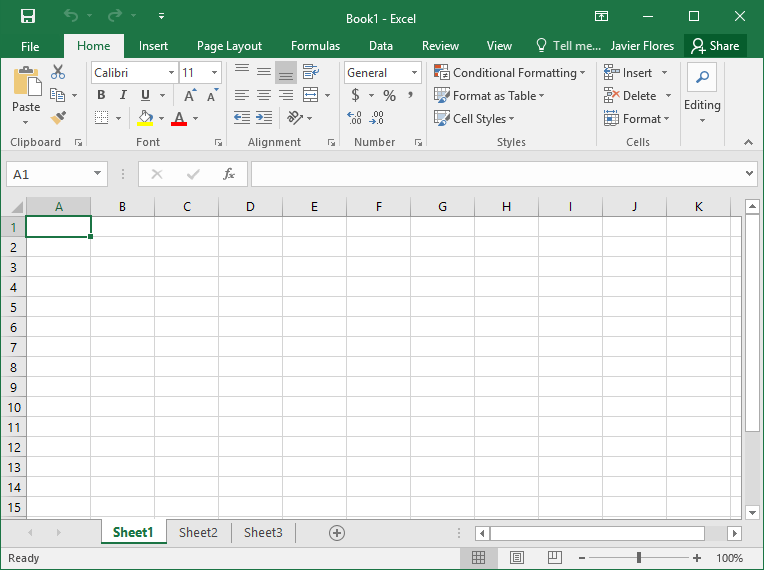


Importantly, Excel 2013 is aware of the last saved location metadata and will clear this information if the user elects to do so using Excel’s built-in Document Inspector.

I’ve ran some quick tests using 2007, 2010, and 2013 and summarized the corresponding fileVersion values for each Excel version in the table below.įileVersion Value to Excel Version Mapping Instead, this value is a single-digit numeral corresponding to a particular version of Excel. Interestingly, the value specified in the “lastEdited” attribute is not consistent with the application version of Excel (i.e.

The “fileVersion” element includes an attribute called “lastEdited” and, according to Microsoft documentation, the “lastEdited” attribute “specifies the version of the application that last saved the workbook”. This can be verified through the “fileVersion” element, which is the first child element of “workbook”. If you know that a spreadsheet was created using Excel 2013 but are unable to find the last saved location metadata, it’s possible that the spreadsheet was last saved in a version of Excel other than 2013. The “x15ac:absPath” element is a child element of “mc:Choice” (which is a child element of “mc:AlternateContent”) and contains an attribute called “url” that corresponds to the last saved location of the spreadsheet. For the most part, this XML file appears to be similar across files created using Excel 2007, 2010, and 2013, however, there is one key difference: the “x15ac:absPath” element. Workbook.xml contains information about the Excel file such as worksheet names, window height and width parameters, and a bit of other information. Simply changing the file extension from “xlsx” to “zip” and using a zip-extraction utility to extract the contents of the spreadsheet is a quick way to gain access to the embedded files without requiring any specialized tools. I have not yet found a tool that presents the last saved location with other metadata from an Excel 2013 spreadsheet, but this information can easily be found by opening the “workbook.xml” file embedded in the parent spreadsheet. Specifically, it appears that the absolute path to the directory in which the spreadsheet was last saved is maintained by Excel 2013 spreadsheets. Despite the common file format, I’ve found that Microsoft Excel 2013 spreadsheets maintain additional metadata not available in earlier versions of Excel. The release of Microsoft Office 2013 granted the ability to save files in formats not previously available (such as “Strict OOXML”), but the default format remained the same as Office 20.


 0 kommentar(er)
0 kommentar(er)
